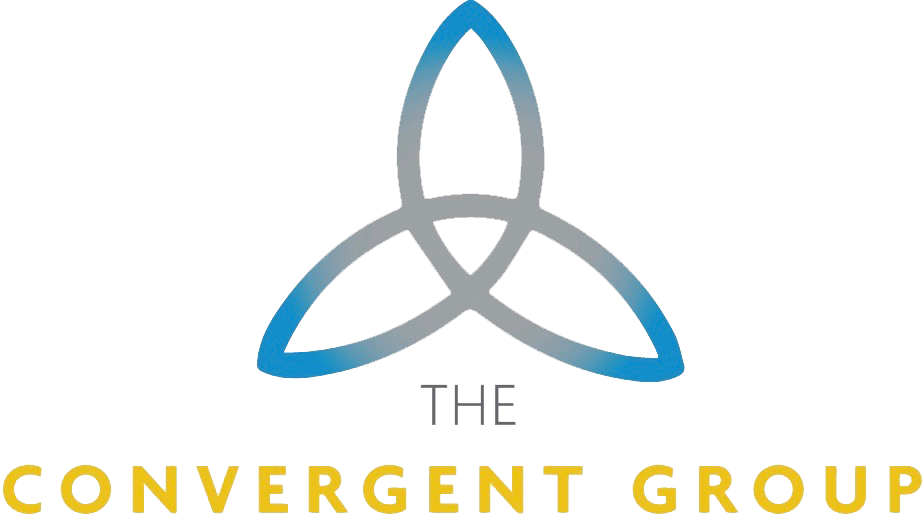An effective onboarding process can lead to increased employee engagement, productivity, and retention. Onboarding is a crucial phase in the hiring process that sets the tone for a new employee’s experience and helps them integrate into the organization smoothly. Below is a checklist for success:
- Preparation before the employee’s first day:
- Ensure all necessary paperwork is ready, including employment contracts, tax forms, and company policies.
- Set up the employee’s workstation, computer, email, and other essential tools they’ll need for their role.
2. Welcome and introductions:
- Prepare a warm welcome for the new employee on their first day, including a welcome message from the CEO or their direct manager.
- Arrange introductions to team members, key stakeholders, and other relevant colleagues.
3. Employee handbook and company policies:
- Provide the new hire with an employee handbook that outlines the company’s values, culture, policies, and procedures.
- Schedule time for the employee to review and ask questions about the handbook.
4. Orientation and training:
- Conduct an orientation session to familiarize the new employee with the organization’s structure and goals.
- Provide job-specific training to help the employee understand their role and responsibilities better.
5. Mentor system:
- Assign an experienced employee as a mentor to the new hire. This person can offer guidance, answer questions, and provide a support system during the early stages of employment.
6. Clear expectations and goal setting:
- Clearly communicate performance expectations and goals for the new employee’s role.
- Regularly review progress and provide constructive feedback.
7. Social integration:
- Encourage team-building activities, such as team lunches, outings, or virtual gatherings, to help the new employee feel more connected to their colleagues.
8. Regular check-ins:
- Schedule regular check-ins with the new employee during their first weeks to ensure they feel supported and have a platform to voice any concerns or questions.
9. Development opportunities:
- Discuss opportunities for professional development and growth within the company.
- Offer resources or training programs to help the new employee enhance their skills.
10. Feedback:
- Gather feedback from the new hire on their onboarding experience and use this information to improve the process for future employees.
- Be adaptable and adjust the onboarding process as needed to meet individual employee needs and company changes.
11. Celebrate milestones:
- Recognize and celebrate important milestones, such as the completion of their first project or their first month at the company.
Remember, the onboarding process is not limited to the first few days or weeks. It should extend over several months to ensure the new employee’s successful integration into the company’s culture and their ability to contribute effectively to the team.

